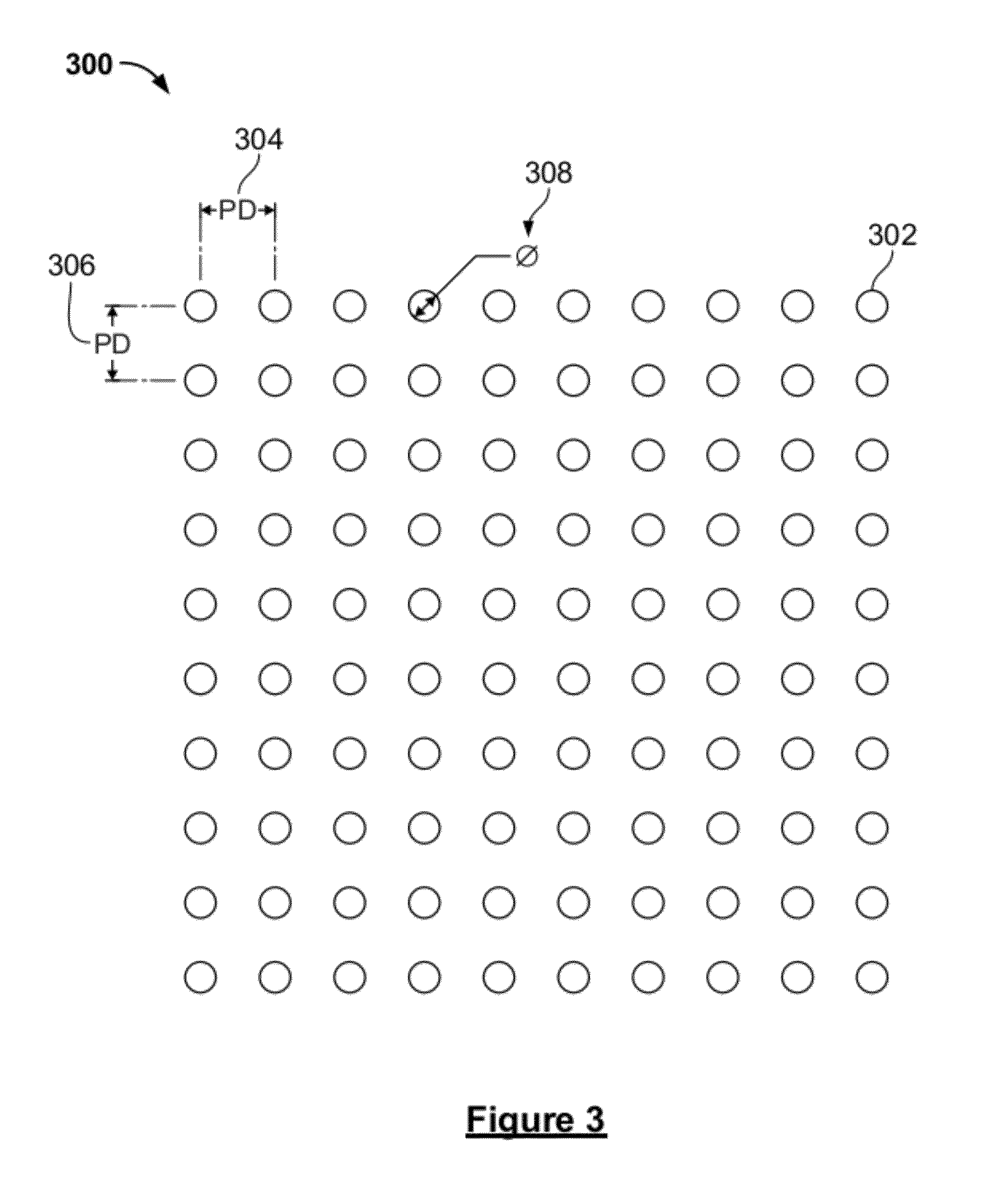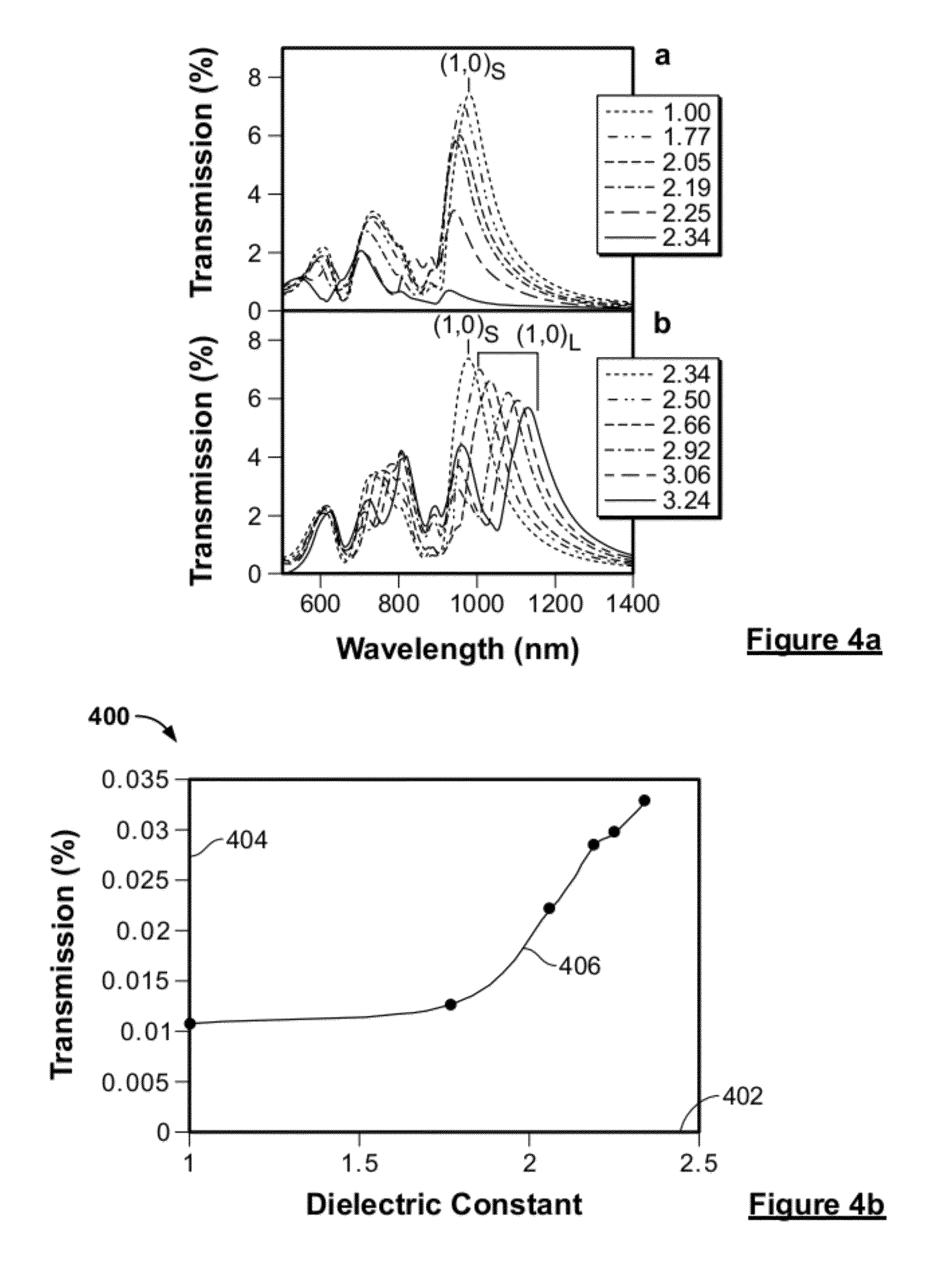System and method for a microfluidic calorimeter
a microfluidic calorimeter and microfluidic technology, applied in the field of microfluidic calorimeters, can solve the problems of low sensitivity of reaction, compound with poor solubility frequently generating hits on high throughput screens, and achieve the effect of reducing noise and error in data
- Summary
- Abstract
- Description
- Claims
- Application Information
AI Technical Summary
Benefits of technology
Problems solved by technology
Method used
Image
Examples
Embodiment Construction
[0041]To provide an overall understanding of the invention, certain illustrative embodiments will now be described, including systems and methods for microfluidic calorimetry. However, it will be understood by one of ordinary skill in the art that the systems and methods described herein may be adapted and modified as is appropriate for the application being addressed and that the systems and methods described herein may be employed in other suitable applications, and that such other additions and modifications will not depart from the scope thereof.
[0042]FIG. 1 is a block diagram of a system for microfluidic calorimetry 100, according to an illustrative embodiment of the invention. The system 100 is used to detect temperature change and other calorimetry measurements from a micro-scale chemical reaction. A user runs an experiment in the microfluidic calorimeter by flowing two reagents into and through a laminar flow channel, causing the reagents to react at their diffusion interfac...
PUM
| Property | Measurement | Unit |
|---|---|---|
| current | aaaaa | aaaaa |
| diameter | aaaaa | aaaaa |
| diameter | aaaaa | aaaaa |
Abstract
Description
Claims
Application Information
 Login to View More
Login to View More - R&D
- Intellectual Property
- Life Sciences
- Materials
- Tech Scout
- Unparalleled Data Quality
- Higher Quality Content
- 60% Fewer Hallucinations
Browse by: Latest US Patents, China's latest patents, Technical Efficacy Thesaurus, Application Domain, Technology Topic, Popular Technical Reports.
© 2025 PatSnap. All rights reserved.Legal|Privacy policy|Modern Slavery Act Transparency Statement|Sitemap|About US| Contact US: help@patsnap.com



